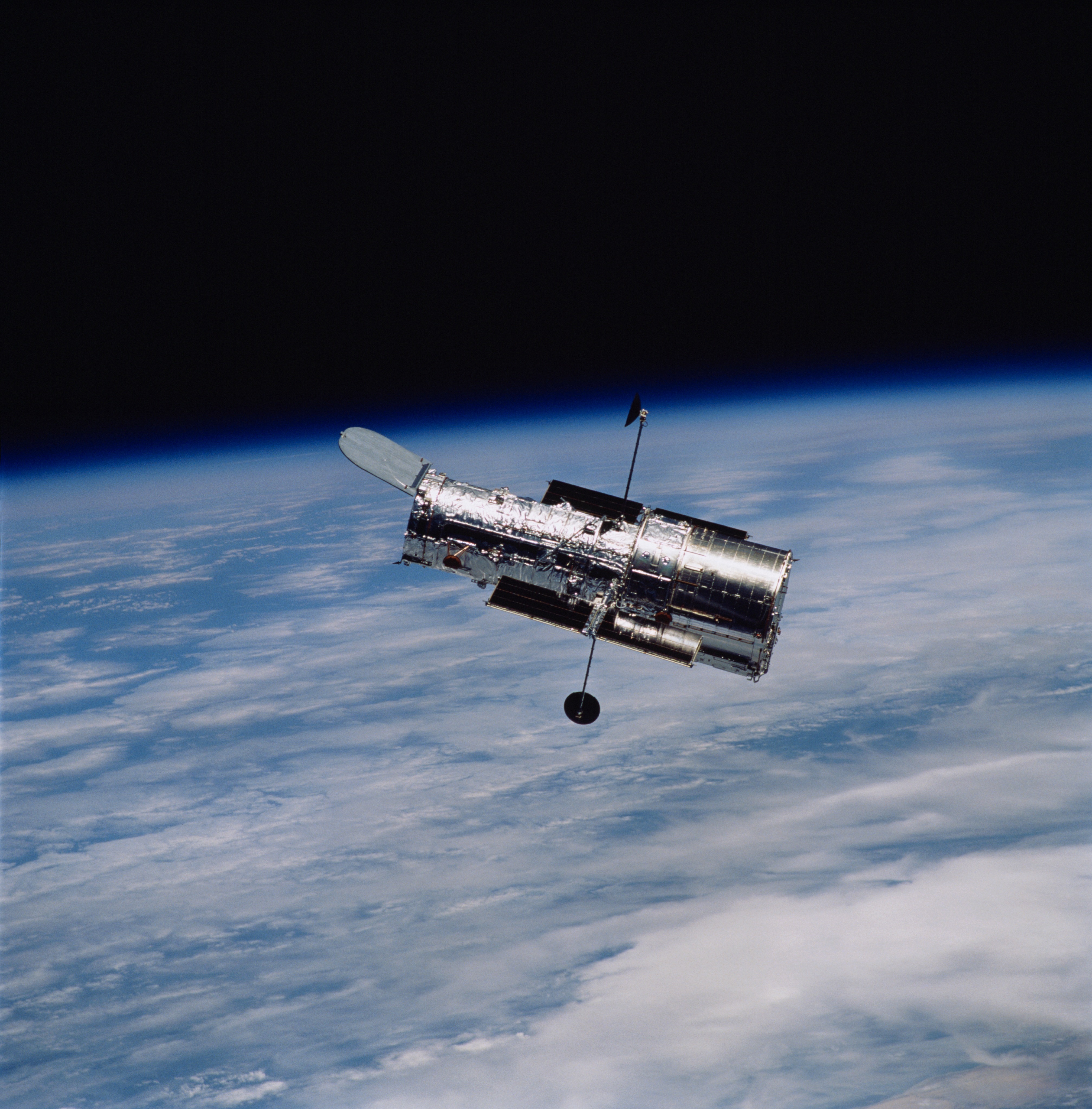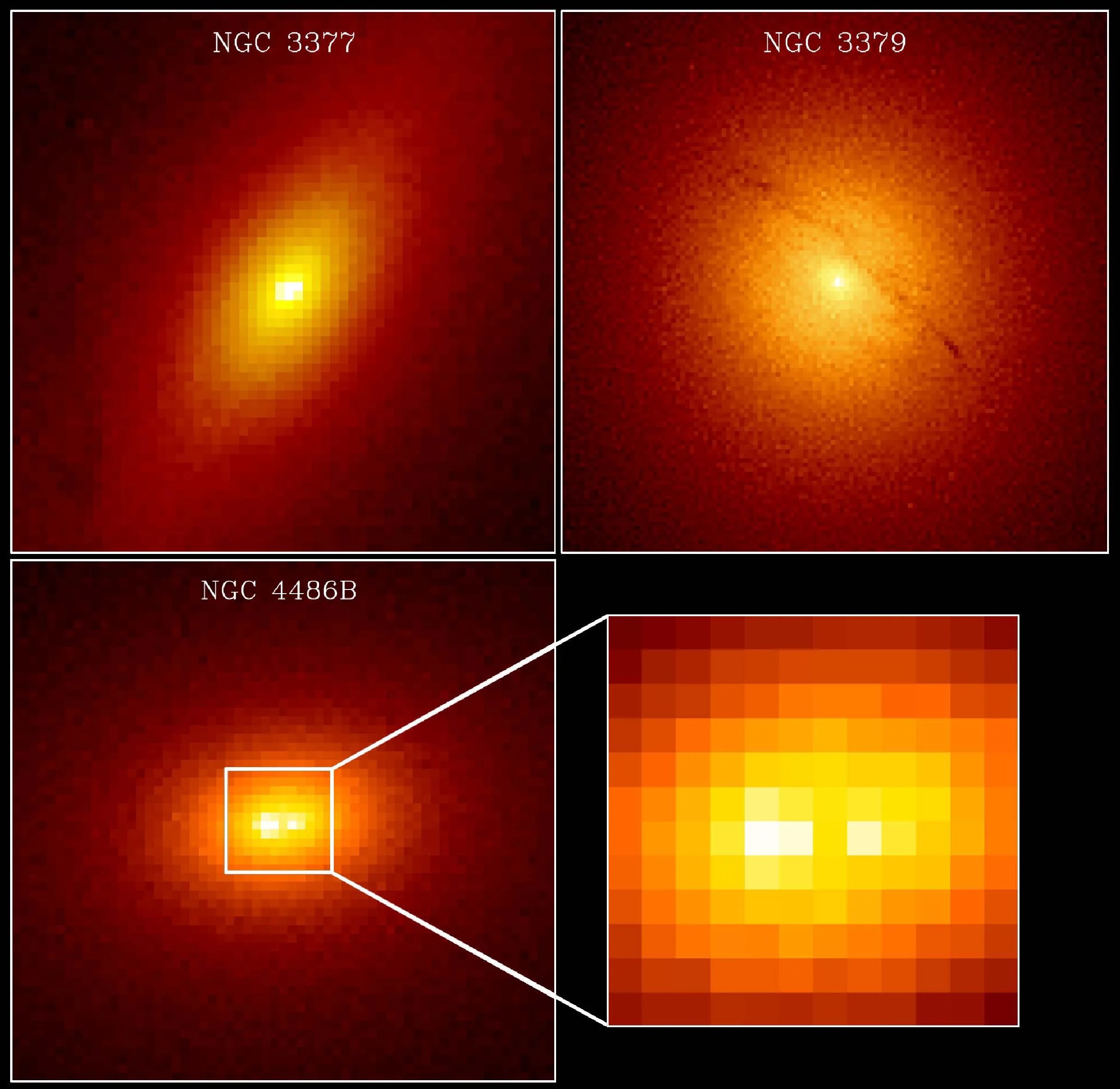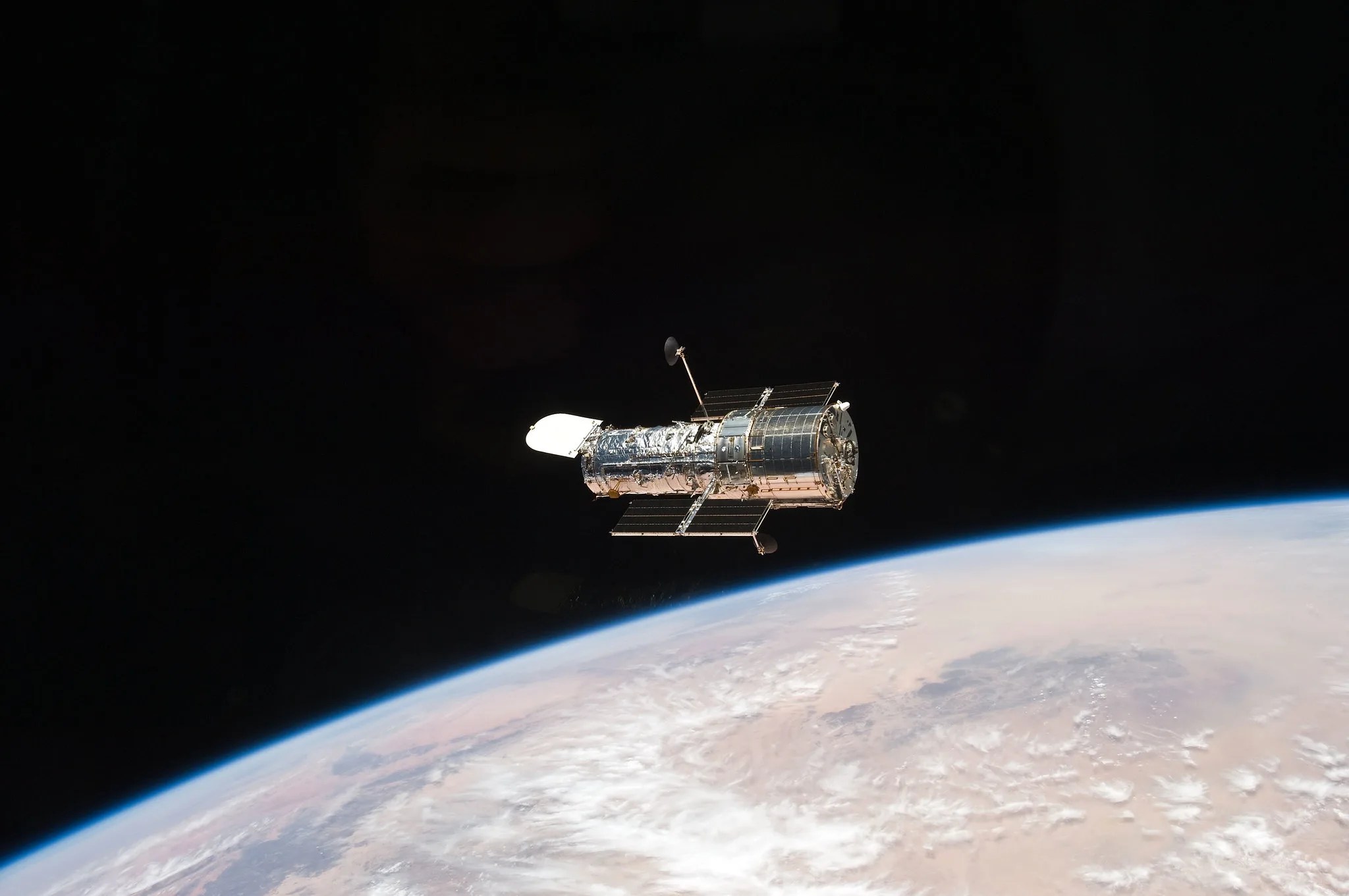How do you find an invisible object in the vast darkness of space that traps light?
The answer, as astronomers know, is that you watch for the way things move around it.
And black holes, the universe’s most voracious consumers of mass, have a famously attention-grabbing impact on all kinds of things. Black holes can be detected and observed by the way matter dances around them ― from the stars that orbit them to the disks of material that swirl around them before being devoured. Hubble, with its keen resolution and clear view of the cosmos, has played an essential role in identifying, observing, and solving some of the many mysteries around black holes.
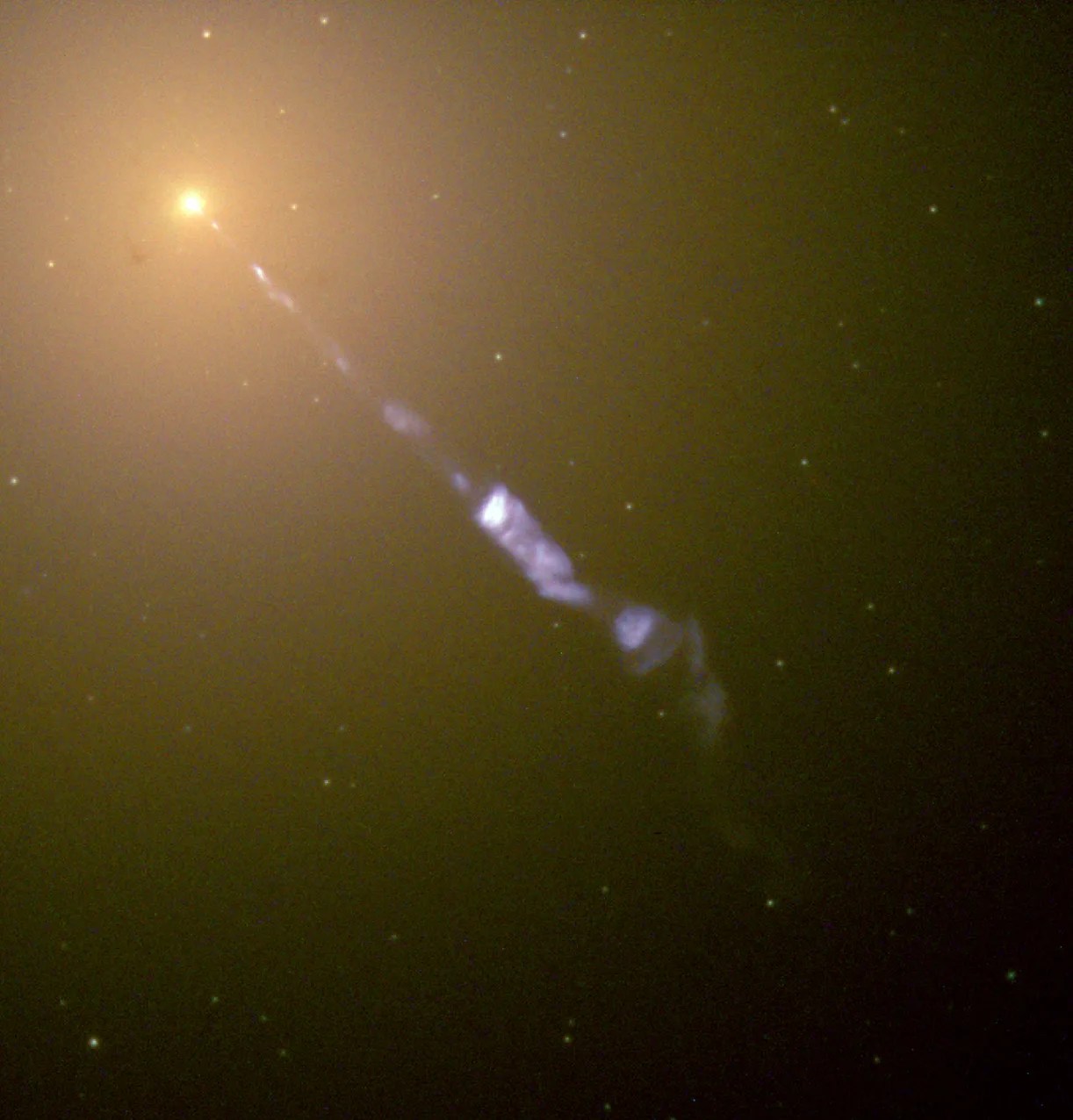
Black holes are invisible objects of immense density whose gravity is so overpowering that not even light can escape them, born when a vast amount of matter collapses into a point of infinite density.
When a massive star dies, the tug-of-war between gravity and the outward push of photons generated by the star’s fusion ends. The star’s outer layers are cast explosively into space while the star’s core collapses under its own gravity. Often this core will become a small, dense object of tightly packed neutrons, called a neutron star. But if the core is massive enough, its gravity compresses everything to a point that becomes a black hole.
Black holes consist of two main components: the singularity, where mass has been crushed to a point; and the event horizon, beyond which nothing ― not even light ― can escape the black hole’s intense gravitational pull.
But before they eat, black holes pull matter into a fast-moving whirlpool disk whose superheated gas emits flares of x-rays and ultraviolet light. Hubble’s spectroscopic observations of such disks proved the existence of supermassive black holes and went on to show that they reside at the hearts of most galaxies. Its ability to resolve individual stars in tightly-packed groups of stars called globular clusters has allowed it to find black hole candidates by measuring their cosmic neighbors’ speedy orbits. And its ultraviolet-detecting capabilities has enabled it to spy emissions from black holes’ disks.
Stellar-mass black holes form from the collapse of a massive star or the addition of mass to a neutron star ― either from the collision of neutron stars or by gravitationally drawing mass from a companion object. Supermassive black holes live in the hearts of galaxies and their origins are still uncertain, though astronomers suspect they begin from the collapse of supermassive stars or massive clouds of gas in the early universe and then grow by merging. Intermediate-mass black holes, the stage between the two, have been difficult to find and are thought to form from collisions between stellar-mass black holes.
Black holes are messy, violent, and fascinating. They tear things apart ― but they also build, thought to play a significant role in the way galaxies form and evolve. Astronomers know what black holes are, but with Hubble’s help they continue to explore how they work and where they come from.
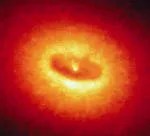
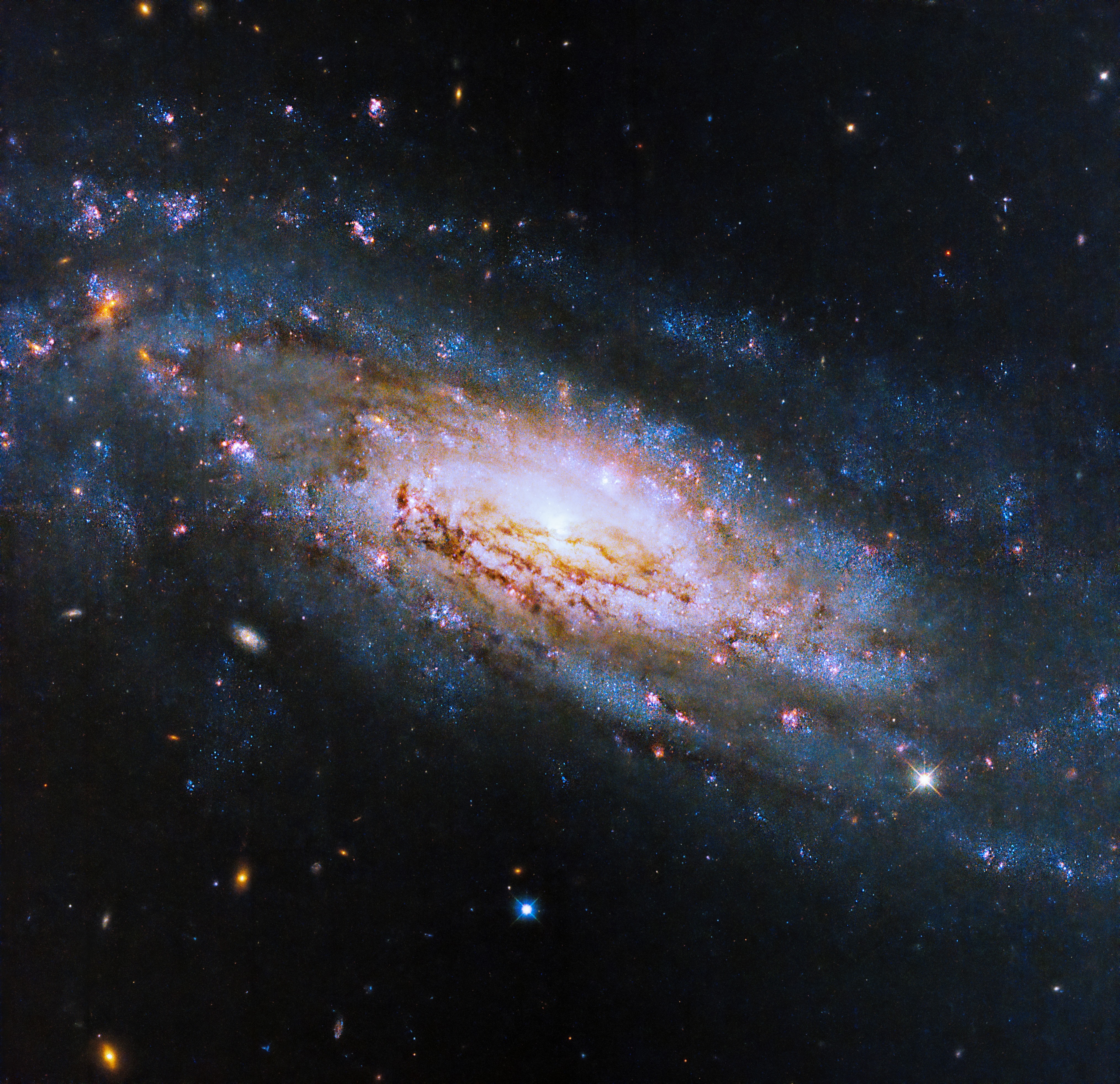
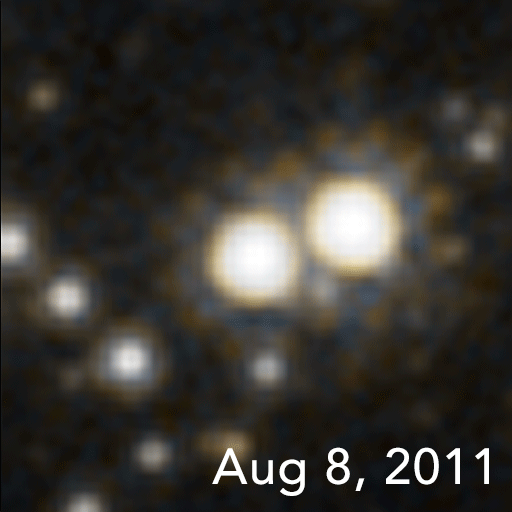
Slide to Change images




